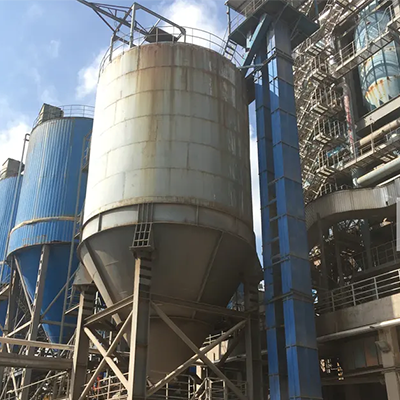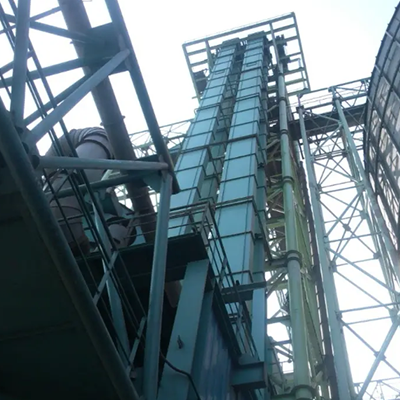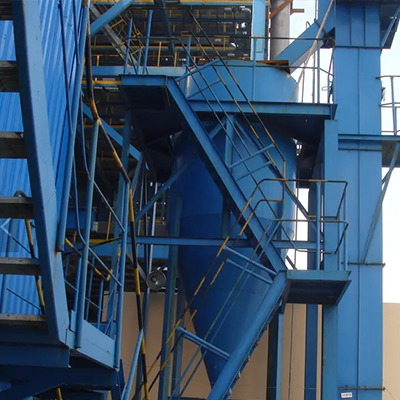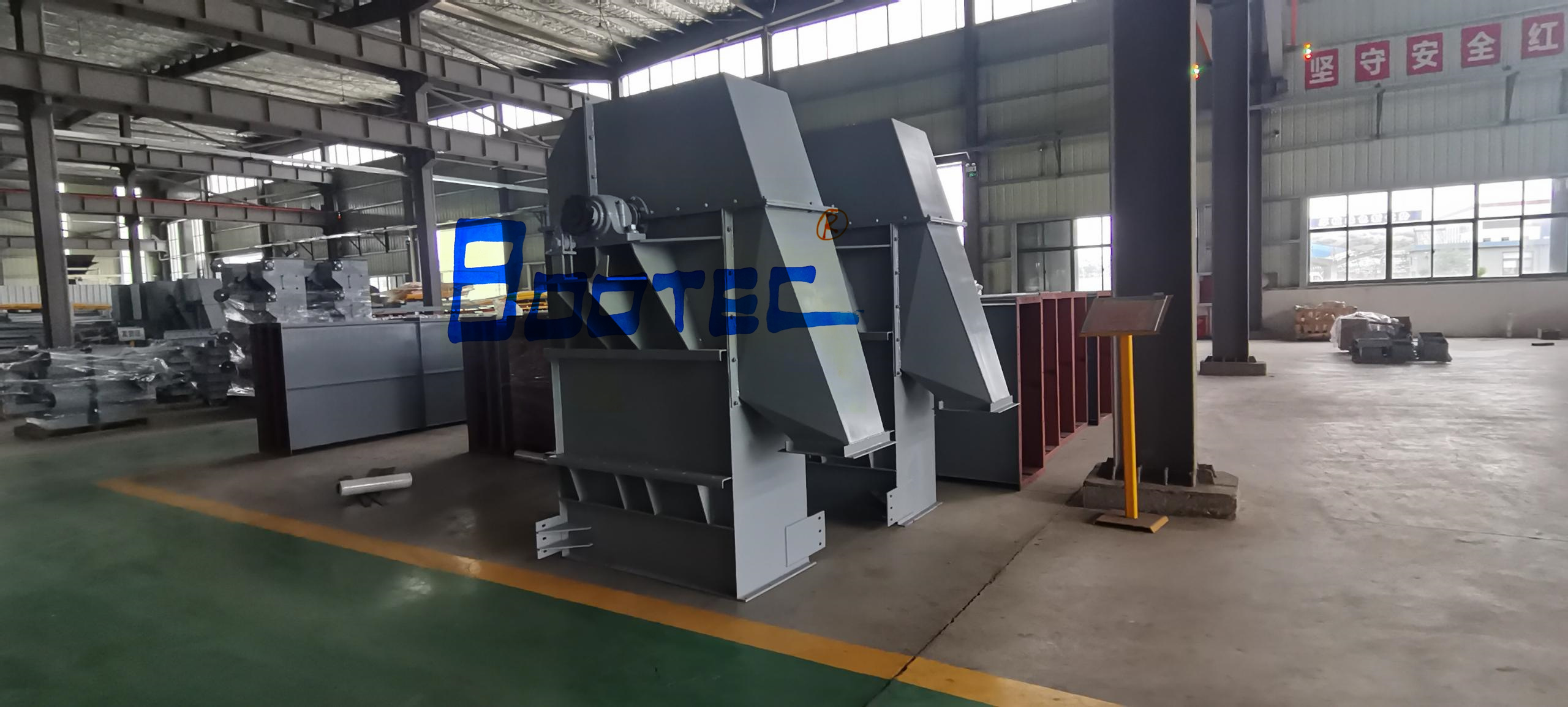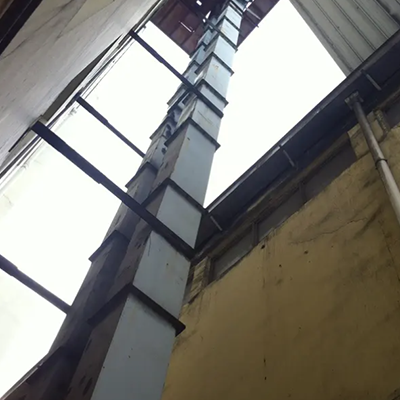
Bulk material handling conveyors and conveying systems
Bulk Material Handling Conveyors and Conveying Systems are essential equipment used to transport large volumes of materials efficiently, typically in industrial settings. They handle a variety of bulk materials, including grains, coal, cement, fly ash, aggregates, minerals, and more. These systems are critical in industries such as agriculture, mining, construction, power generation, and waste management.
Types of Bulk Material Handling Conveyors
- Belt Conveyors:
- Description: Use a continuous belt to transport materials over horizontal or inclined distances.
- Applications: Suitable for grains, sand, cement, or coal.
- Advantages: Cost-effective, efficient for long distances, and customizable for capacity and layout.
- Screw Conveyors:
- Description: Use a rotating screw (helix) within a tube or trough to move materials.
- Applications: Ideal for semi-dry, granular, or powdered materials like cement, fly ash, or food products.
- Advantages: Compact design, can handle sticky materials, and suitable for enclosed transport.
- Bucket Elevators:
- Description: Use a series of buckets attached to a belt or chain to move materials vertically.
- Applications: Transport materials like grains, cement, or ash into silos or hoppers.
- Advantages: Space-saving vertical design, high capacity, and customizable height.
- Drag Chain Conveyors:
- Description: Use a chain with paddles or flights to drag material along a trough.
- Applications: Efficient for abrasive, hot, or sticky materials like clinker or ash.
- Advantages: Rugged design, enclosed operation, and handles high temperatures.
- Pneumatic Conveying Systems:
- Description: Use air pressure or vacuum to transport fine, powdered, or granular materials through pipes.
- Applications: Common in cement plants, food processing, and chemical industries.
- Advantages: Dust-free, suitable for complex layouts, and handles fragile materials gently.
- Vibratory Conveyors:
- Description: Use vibration to move materials along a trough or tray.
- Applications: Ideal for light, fragile, or fine materials like food products or powders.
- Advantages: Gentle handling, low maintenance, and precise material flow control.
- Apron Conveyors:
- Description: Use overlapping metal plates attached to a chain to transport heavy materials.
- Applications: Handling large, heavy, or sharp materials in mining and construction.
- Advantages: Durable, resistant to impact, and suitable for harsh environments.
- Overland Conveyors:
- Description: Long-distance belt conveyors used for transporting bulk materials over rough terrain.
- Applications: Mining operations, quarrying, and bulk material stockpiling.
- Advantages: High efficiency for long distances, reduces the need for multiple systems.
Key Features of Bulk Material Handling Systems
- Capacity:
- Can handle small to large volumes, often measured in tons/hour.
- Material Compatibility:
- Systems are designed to transport specific materials, considering factors like abrasiveness, moisture content, and particle size.
- Customizability:
- Configured to match the layout, throughput, and operational needs of a facility.
- Automation:
- Modern systems often include automation features for monitoring, speed control, and troubleshooting.
- Safety Features:
- Include dust suppression, enclosed casings, and emergency stop mechanisms to ensure safe operation.
Applications
- Agriculture:
- Grain handling, seed transportation, and feed mill operations.
- Mining and Quarrying:
- Transporting ores, minerals, coal, and aggregates.
- Power Plants:
- Handling fly ash, bottom ash, and coal for storage or disposal.
- Cement and Construction:
- Moving raw materials like clinker, sand, and limestone.
- Waste-to-Energy:
- Conveying ash, slag, and other residues for processing or storage.
- Food and Beverage:
- Transporting grains, flour, sugar, or other ingredients.
- Chemical and Pharmaceutical:
- Handling powders, granules, and other raw materials.
Advantages of Bulk Material Handling Conveyors
- Efficiency:
- Moves materials quickly over short or long distances.
- Scalability:
- Systems can be expanded or modified to accommodate increased production.
- Cost-Effectiveness:
- Reduces labor and operational costs compared to manual handling.
- Safety:
- Minimizes risks associated with manual handling of bulk materials.
- Environmental Control:
- Enclosed systems prevent dust pollution and material spillage.
Design Considerations
- Material Characteristics:
- Abrasiveness, density, and flowability dictate the system design.
- Throughput Requirements:
- Ensure the system meets the required capacity in tons/hour.
- Environmental Factors:
- Consider temperature, humidity, and potential corrosion.
- Energy Efficiency:
- Opt for designs that minimize power consumption.
- Maintenance Needs:
- Choose systems with easy access for cleaning and repair.
Optional Features
- Dust Suppression Systems:
- Prevent airborne particles during transport.
- Wear Liners:
- Protect conveyor components from abrasive materials.
- Variable Speed Drives:
- Allow precise control of conveyor speed.
- Sensors and Monitoring:
- Include belt misalignment, blockage detection, and speed sensors for better control.
Write your message here and send it to us


